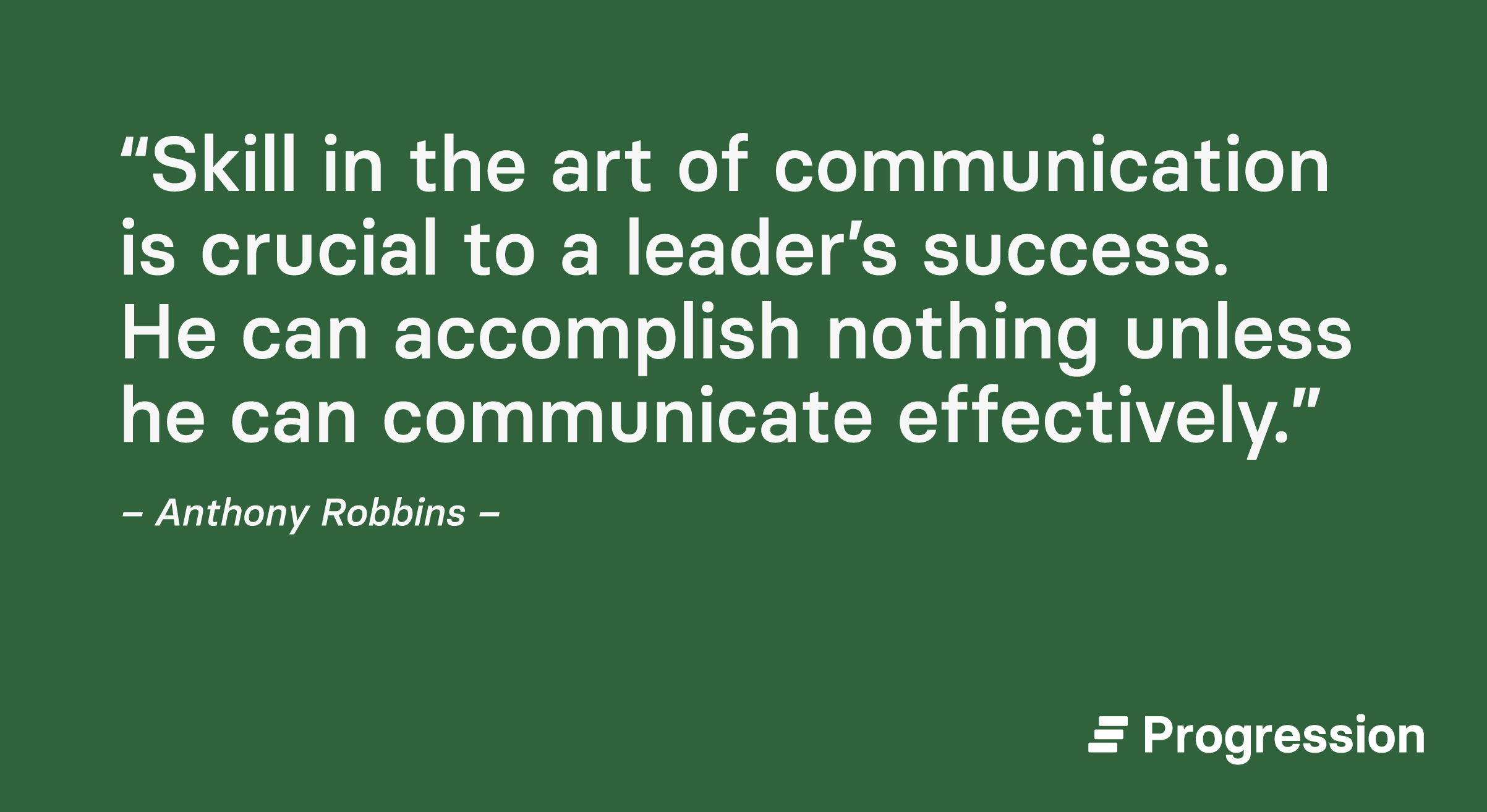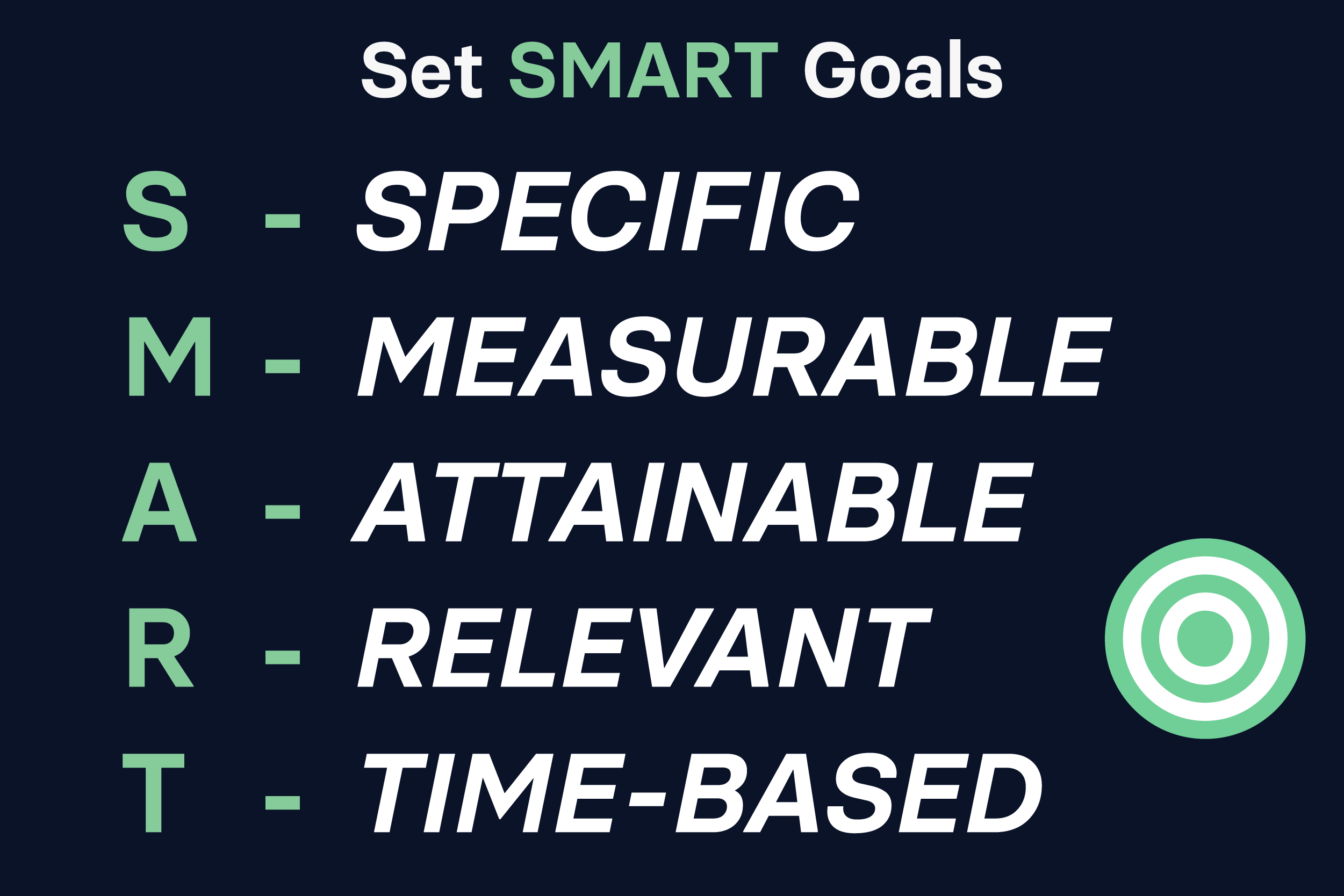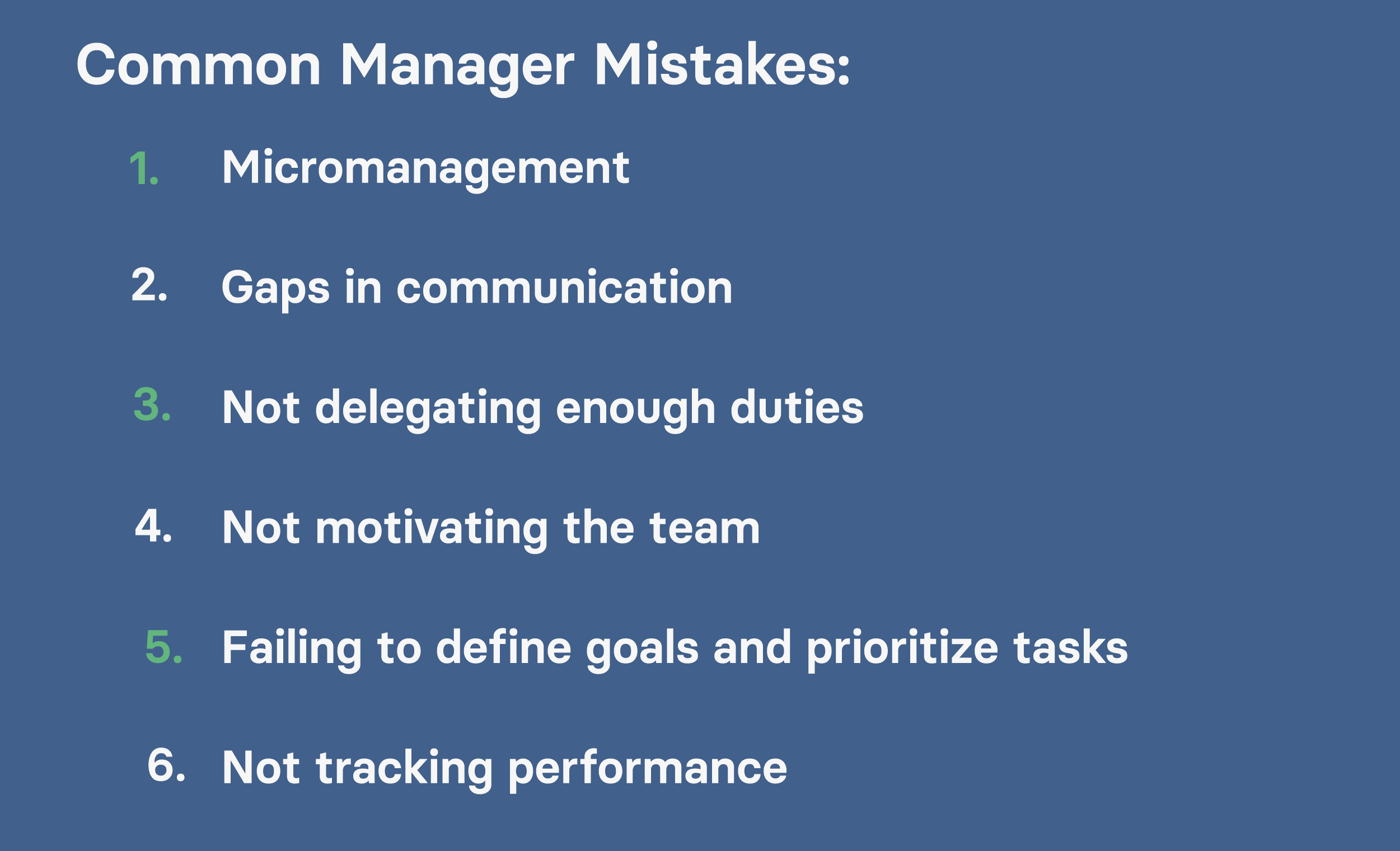Let’s face it – being a good manager and a good leader is difficult. There are conflicts, awkward conversations, and constant struggles to retain your employees. And let’s not forget the added stress of remote working. However, with great power, comes great responsibility. So here are the stakes for you – managers are responsible for approximately 70% of the variance in employee engagement. In this very scenario, “engagement” translates to loyalty, profits, the kind of service your customers get, and, all in all, the way your company functions.
So, it’s time for you to bring out the big guns and learn how to be a good manager because if you can’t, your employees might just quit working for you. And high turnover rates are a big no-no for practically every business under the sun.
So, what exactly does the job description of a manager entail?
Managers are essentially the glue that holds the organization together. They take on tasks like planning, execution, organization, and communication with their teams. As someone in a managerial position, you have to:
- Strategically and tactically plan and set operations in a manner that aligns with your company culture. In many ways, these planning activities are crucial to creating a seamless workflow.
- Initiate projects with the help of your team. For this task, a lot of excellent communication, planning, and execution will be required from your end. You’ll have to create a work environment that allows for robust communication within your team.
- Utilise the necessary resources to train your team with new skills so that they can better perform their jobs and achieve their goals.
- Motivate, support, and mentor your employees so that they can thrive in an atmosphere that is best suited to their needs.
- Evaluate the progress of projects and ensure that the necessary changes are made to achieve the goals set in place.
How to be a good manager: The traits of a good manager and leader
Here are a few tips that we swear by. And, so far, they’ve proved to be a massive success:
1. Let people see that you’re human
Many managers are in the habit of traditional behaviors which include never admitting to their mistakes, never taking accountability, and never asking for help. This translates to your employees never seeing that you’re human. To become a better manager, try to transition into a habit that allows your staff to see that you too could make mistakes and you too need help sometimes.
2. Have strong communication skills
Strong communication is a soft skill that not only helps you in your duties as a manager, but also in your daily life. As a great manager, communication skills should be second nature to you so that you can delegate tasks, clear confusion (if any may occur), give feedback, and pass information to your employees.

3. Lead by example
This is advice that we’re sure you’ve heard many times, and for good reason too. Leading by example is the best way to breed the leadership skills you wish to see in your team members. After all, didn’t Paul Coelho once say, “Change the world by your example, not by your opinion”? The most successful leaders out there follow this management style including Jack Welch, Ratan Tata, Jim Sinegal, and other well-renowned entrepreneurs.
4. A little empathy goes a long way
We’ve all been in stressful situations and we’ve all made mistakes. If these mistakes and situations resonate with being human, then some empathy is essential. Empathy is the very thing that can breed trust and make you into a great leader.
It takes time to build that trust, but once it’s there, it remains. So, if your employees tell you that they’re in a stressful work environment or they’ve made a mistake, create a work atmosphere that shows you understand. Let the employees know that they can make mistakes and can ask for help, it’s just part of being human.
5. Feedback is a two-way street
We all have a love-hate relationship with feedback. However, no one can deny that feedback is absolutely essential, and more importantly, feedback is a two-way street. To truly have the traits of a good manager, you need to not only give feedback but you also have to be open to receiving it. It also goes without saying that feedback is not just a give and take; you must ensure that there are plenty of resources available to act on the feedback.
6. Be a good listener
You can read a thousand blogs and study a hundred books on “how to be a good manager” but the best advice will only come from the people that you do manage. Check in with your employees to understand what kind of leadership qualities they would like to see from you.
Besides, being a good listener is a management skill that can allow you to explore ideas which might add more value to your business. On the flip side, not listening to your employees can result in you being the topic of a dinnertime conversation or, at the very extreme, an answer on the Reddit thread of “Bad Bosses You’ve Had.”
7. Set achievable goals
In many ways, management is a balancing act. And to perfect that act, you need to understand the strengths of your employees and pair them with tasks that they can manage successfully. Setting unachievable goals benefits no one. Here are some questions to ask yourself when considering how achievable the set goals are:
- How challenging is this task?
- What is the expected time frame for completing the task?
- What are the results we’re hoping to achieve?
- Will this task burden or demotivate my employees?

8. The best managers are proactive
As a manager, you have to be hands-on to make sure that you don’t alienate yourself from the team. With the rise of remote work, being proactive is the need of the hour to ensure a smooth working experience. You have to understand what needs to be done, what steps you can take to achieve that, how to coach team members, and how to create a hands-on team for any project.
9. Technology helps take the headache away
It’s no secret that technology gets the job done faster. More importantly, it provides accurate results in real-time. So if you have the luxury to incorporate technology in the necessary parts of your business, then why not do it? With the help of tech solutions, your employees can focus on the tasks that require their expertise.
10. Improve your skills
Since you’re already browsing through blogs with the theme of “how to be a good manager,” you’re almost halfway there. But to continually grow and improve your skills, you need to read, study, and incorporate the traits of a good manager in your workplace. This way, you’ll build your capability to lead your team and help them tackle their tasks.
Common manager mistakes and how to solve them
Every person who has ever taken on a managerial role is probably guilty of making a few mistakes at some point in their career. Here are some of the most common mistakes even great managers make and a list of possible solutions to help you avoid them:
1. Micromanagement
According to one Forbes article “micromanagement is a sure-fire way to sap a team of morale, lower employee engagement and wipe out any hope of innovation or creativity.” We couldn’t agree more.
If you are someone who adheres to the principle of micromanagement, you need to adjust and start trusting your team to get the job done. (After all, isn’t that the whole reason why you hired them?) In addition to this, you need to let them work in a way that suits them best and allows them to have flexible schedules.

2. Gaps in communication
Communication is the key to success. And this particular key is important because any communication gaps can result in giving the wrong context to your employees. In some cases, it can lead to your team being on different pages.
To ensure good communication within your team, consider installing a product management software and documenting all product goals, objectives, and duties within that software. Another pro tip: you can try out communication/personality tests to see which communication style works best for your employees.
3. Not delegating enough duties
Yes, this is a real problem many teams suffer from. Some employees are burdened with too many responsibilities, whereas others just don't have enough on their plate. To allow an effective and optimized workflow, begin by identifying which tasks can be done by non-managers and assign the tasks (and the required training) to them.
4. Not motivating the team to do the work
In the United States, lack of appreciation is the biggest complaint against managers. Approximately 63% of employees feel that they are underappreciated by their managers.
To address this problem, one of the first things you have to do is ensuring that your team has the necessary training, resources, information, and support to get the task done. This will help make their lives easier and likely serve as a source of motivation.
A few words of encouragement can also go a long way. If possible, try to incorporate them into your work culture. Other great ways to improve motivation include providing constructive feedback and offering employee rewards.
5. Failing to define goals and prioritize tasks
The 101 rule on “how to be a good manager” is to define clear goals and delegate duties. So to develop the traits of a good manager, you'll need to develop the habit of defining clear goals and duties. To ensure a smooth workflow, set achievable goals, ensure time management, address priorities, and make sure to reward your employees (either through encouragement or incentives) to show them that their efforts are appreciated.
6. Not tracking performance continuously
Performance tracking is important, and this is probably something we can all agree on. Here are two ways by which you can track employee performance in your organization:
- Set targets, communicate them well, and outline the results that you wish to see. By doing this, you get to monitor performance and gather insights, rather than solely monitoring the set targets. Remember, monitoring performance regularly > monitoring set targets.
- Use performance tracking tools. The insights you gather from these tools will help you provide your employees with constructive criticism and promote their growth.

What can happy employees lead to?
It’s no secret that good managers lead to great teams. But if you need to put this into perspective, happier employees are five times more likely to stay in your organization. The formula of a good management style is simple — be empathic, be reasonable, and be human. The rest can change but these core principles remain.
On the flip side, we have the quote, “employees don’t quit organizations, they quit their bosses.” If you don’t have the traits of a good manager, your future will likely involve low employee morale, low job satisfaction, and some pretty high employee turnover. At the end of the day, you have nothing to lose and everything to win by becoming a good manager, so why not give these tips a try?
Looking for more ways to become a good manager and leader? Be sure to check out our ultimate guide to building a company culture that prioritises employee growth.






